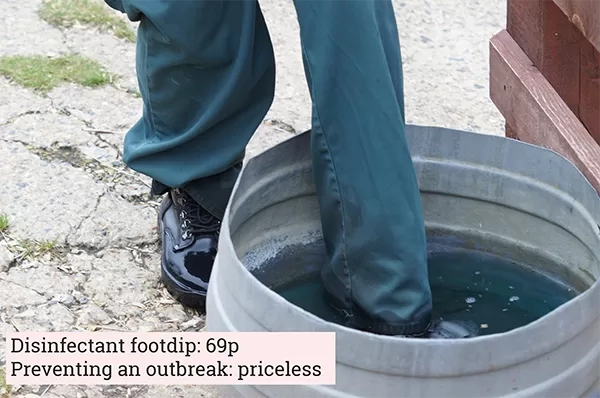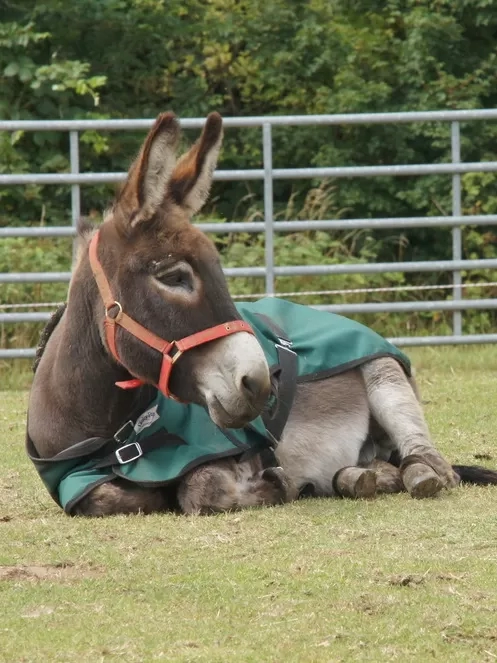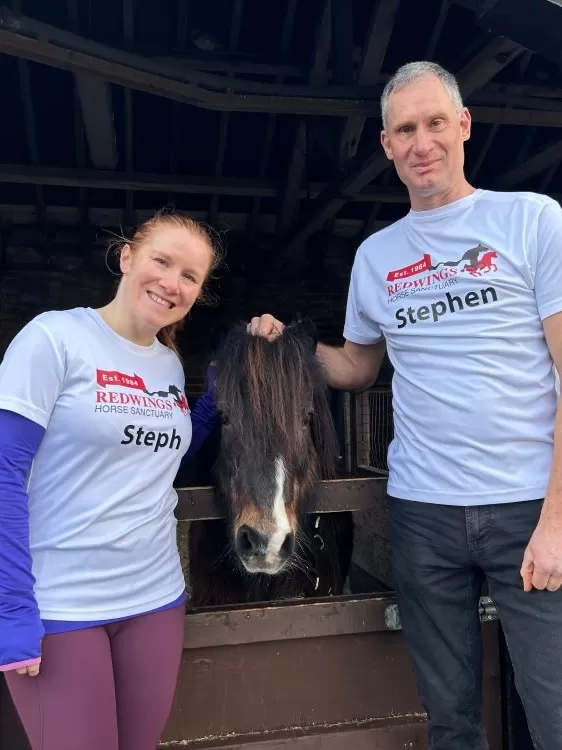12 September 2018

Strangles bacteria are the cause of the UK’s most common equine infectious disease – and they can be resilient!
Although the disease has evolved to thrive in the warm, moist climate of a horse’s respiratory system, strangles bacteria can also survive long enough outside the body for items such as walls, floors, tools, transport, water tanks and people’s hands, feet and clothing to be a real risk for cross-contamination.
Research published in 2018 in the Equine Veterinary Journal has provided important new data on when strangles is likely to survive for longer in the environment, and which factors help ensure its speedy demise. The findings support the importance of effective biosecurity practices – vital to protecting horses from the misery of the disease.
The experiment saw everyday items contaminated with a small quantity of strangles bacteria. Then samples were taken at regular intervals and tested for live bacteria. Items tested included the sole of a shoe, a bucket, cotton fabric, a fence post and a dental rasp. The same trial was carried out in both summer and winter.
Strangles survived longest in cool damp conditions. In winter, live bacteria was still found at the bottom of a bucket containing a few millimetres of rainwater 34 days after the bucket was contaminated. It also survived on the shoe sole for more than two weeks. This correlates with evidence that strangles bacteria can live for up to six weeks in a water tank!
Higher temperatures and lower humidity were linked to a significant reduction in the bacteria’s survival rate in summer, up to two days on average in this trial. This also ties in with existing evidence that strangles is usually killed within 24 hours of exposure to bright sunlight.

The study is an invaluable reminder of the importance biosecurity plays in either preventing or containing a strangles outbreak. Good biosecurity includes cleaning and disinfecting any surface that could have been contaminated by an infected horse, even if only as a precaution. Always use disinfectant that is known to be effective against strangles – and use it liberally – while containing an infected or potentially infected horse in a quarantine area to limit the possible spread of bacteria.
For lots more information and ideas on how to protect horses from strangles, how to manage an outbreak and how to ensure that strangles is not lurking in hidden corners on your yard, download our highly-acclaimed, free Strangles: Speak Out information pack.
For more information on Redwings’ ‘Stamp Out Strangles’ campaign and to sign up for free campaign updates click here.

Redwings Press Office
Find out more about Redwings Press Office



